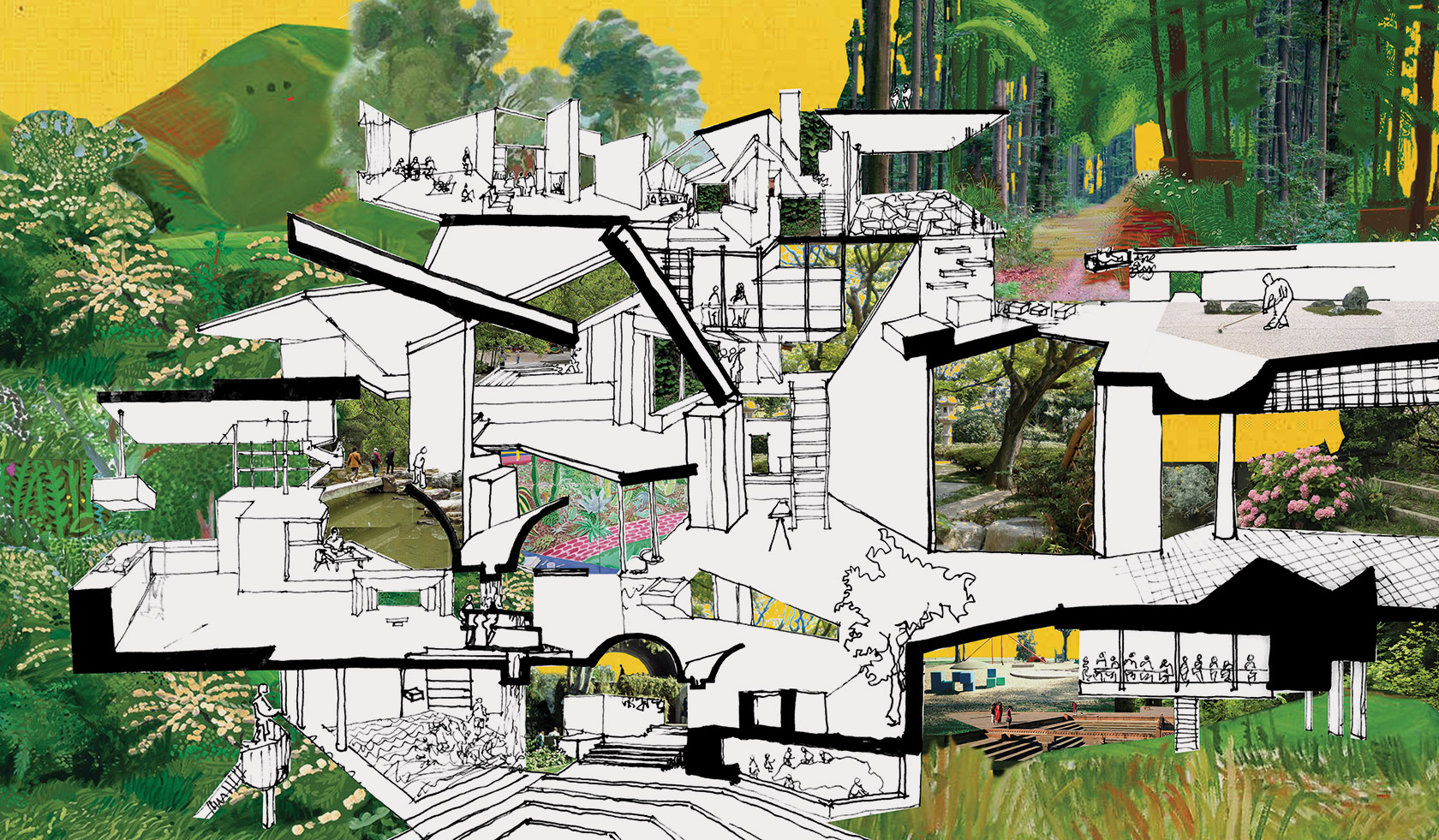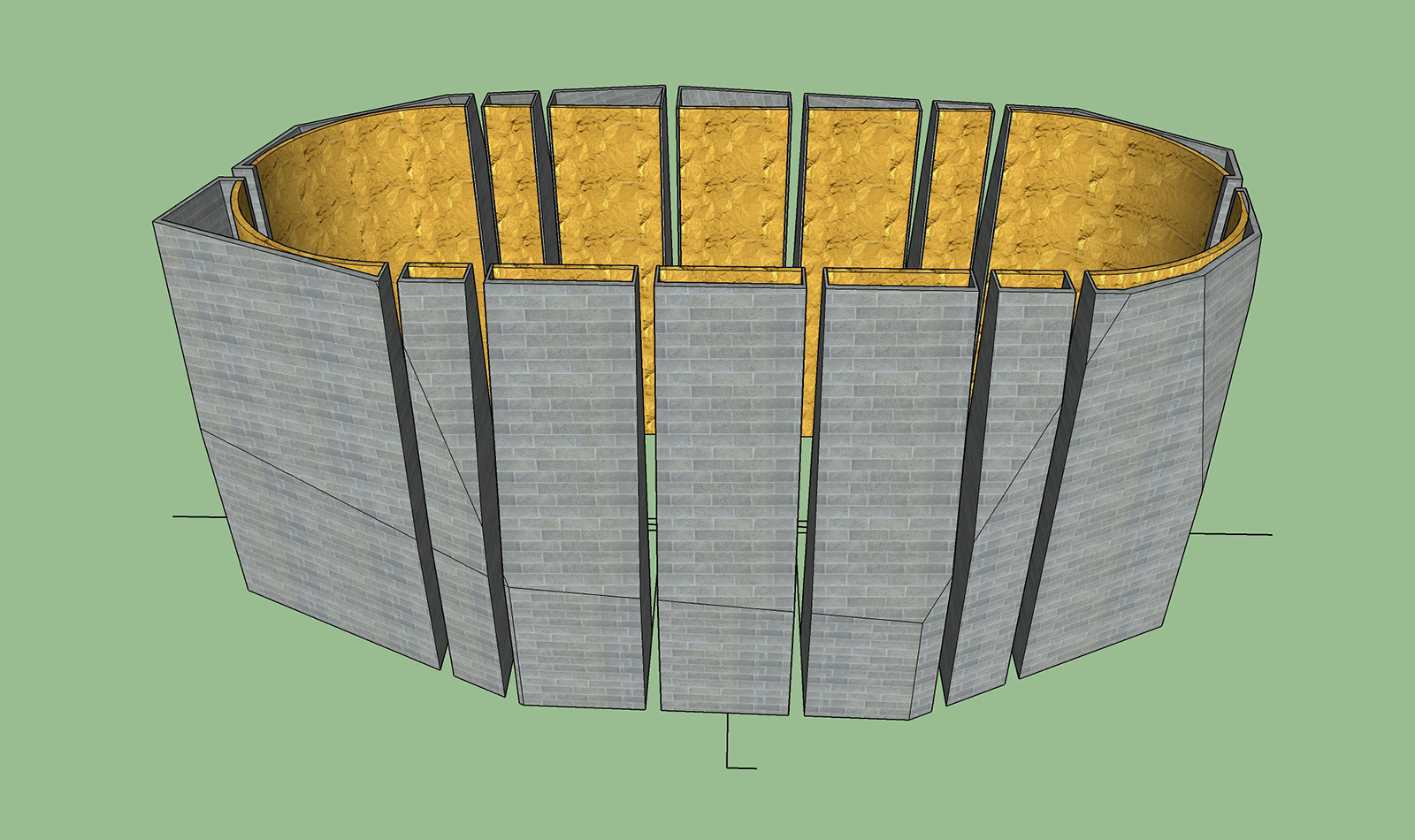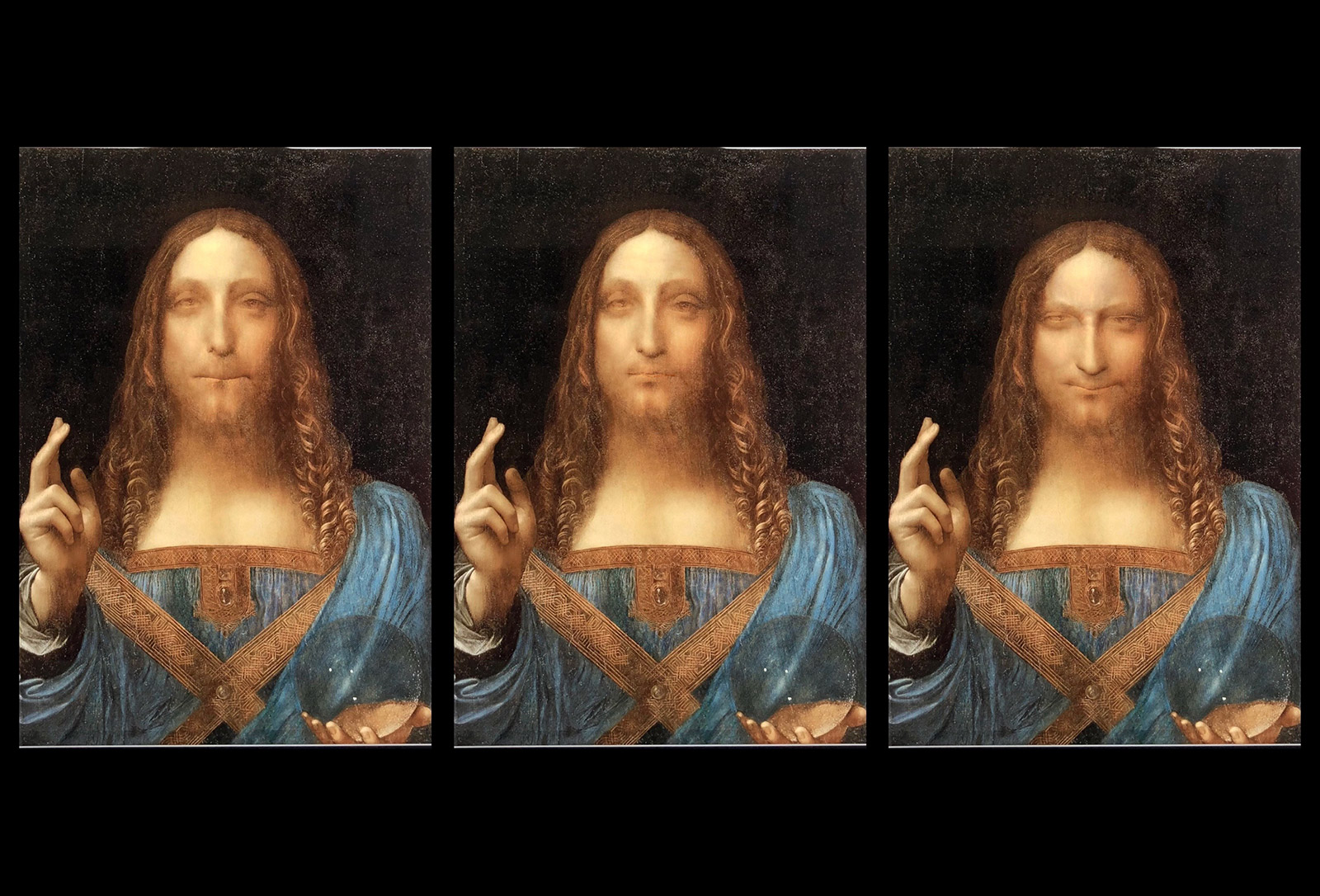Is This Tomorrow? Artists and architects revisit Whitechapel Gallery’s seminal postwar exhibit

In a Britain still recovering from the destruction and trauma of Second World War, in 1956 a group of artists and architects came together at the Whitechapel Gallery to think about the future. Envisioned by architect and critic Theo Crosby, the now-seminal exhibition ‘This Is Tomorrow’ gathered 38 participants into 12 groups, under the premise of collaboration – often weighing modernism against mass culture.
The postwar era was marked by openness, and thus interdisciplinarity. So it might come as a surprise that, some 63 years later – an unlikely anniversary, amid a radically-contrasting context – the landmark east London institution has decided to revisit its legacy with a new show. ‘We found that many artists were interested in mining its history,’ says chief curator Lydia Yee, who was responsible for the pairing of 10 artists with architects, all born after 1956. ‘I left it quite open as to what the future meant,’ she continues, pointing to the unapologetically speculative nature of the show, titled “Is This Tomorrow?”’

Design development sketches for Phoenix Will Rise, 2018, by Marina Tabassum Architects
Through their collaborations, the broad range of participants — including David Adjaye, Kapwani Kiwanga, Cécile B Evans and Andrés Jaque — explore some of the 21st-century’s most pressing issues, from climate change and industrial farming to genetic engineering and rising social inequality. ‘I wanted to make sure it was not a British exhibition,’ Yee continues, stressing the international ambition of the show, a key distinction from its original edition.
At the entrance of the exhibition, on the ground floor, London-based 6a Architects and artist Amalia Pica invite visitors into a maze-like environment made of an enclosure. It derives from animal managing systems and questions the way we treat other species. The conversation started with ‘recognising that we are just one part of a global ecology’ says the architectural firm who, in collaboration with the Argentine artist, delved into research that highlights the interdependence between species and their connection with the natural world. ‘The question, is how is this to flourish in the future and not become overwhelmed by our anthropocentric age?’
Meanwhile, for architect David Kohn and artist Simon Fujiwara, the work is not set in the future: ‘It’s about now,’ they say of their collaboration. The Salvator Mundi Experience, on the first floor, brings visitors into an immersive miniature museum dedicated to the presentation of a single artwork: Leonardo da Vinci’s once-lost Salvator Mundi, acquired in 2017 on behalf of the Louvre Abu Dhabi. ‘We wanted to see if there was anything left to say about something that has been so over-narrated and marketed,’ explains the London and Berlin-based duo. Ahead of this collaboration, they visited the Jean Nouvel-designed Middle East outpost, only to realise that the coveted masterpiece was not yet available to view. ‘Even in its absence, the painting had changed the museum and the city. We speculated about a near future museum that would be solely about this one icon, in which no other art was necessary.’

Preparatory sketches for the Salvator Mundi Experience, by David Kohn Architects and Simon Fujiwara
For artist Marianna Castillo Deball and architect Tatiana Bilbao, both Mexican, thinking about the future meant revisiting the past. Departing from the Mesoamerican calendar Tōnalpōhualli, their collaboration expands on how living spaces are designed based on conviviality rather than conventional living standards. In Mind Garden, Heart Garden, the 260-day calendar was transformed into 20 coloured-metal strips, each perforated 13 times, corresponding to a day. ‘There are very few studies about how spaces were measured then,’ says Castillo Deball, pointing to the ancient Mesoamerican spatial measurements that are central to the work, and which are often based on the human scale. ‘Bringing them back is somehow taking them into the future’.
It is no exaggeration to say that the original exhibition ‘This Is Tomorrow’ changed the art world forever. While laying the foundation for the advent of pop art – thanks to the contribution of the Independent Group – it has continued to inspire interdisciplinary collaborations around the globe (take Archivo’s recent trilogy of exhibitions in Mexico City, for instance). Will the new iteration be able to compete with this legacy? ‘I hope it will have a life of its own,’ says Yee, ‘but we won’t know that for a while.’

No. 850 L Fold, 2018, by Rana Begum

Mosque, by Marinna Tabassum Architects. Courtesy of Whitechapel Gallery
INFORMATION
‘Is This Tomorrow?’ is on view from 14 February – 12 May. For more information, visit the Whitechapel Gallery website
ADDRESS
Whitechapel Gallery
77-82 Whitechapel High Street
London E1 7QX
Receive our daily digest of inspiration, escapism and design stories from around the world direct to your inbox.
-
 Men’s Fashion Week A/W 2026 is almost here. Here’s what to expect
Men’s Fashion Week A/W 2026 is almost here. Here’s what to expectFrom this season’s roster of Pitti Uomo guest designers to Jonathan Anderson’s sophomore men’s collection at Dior – as well as Véronique Nichanian’s Hermès swansong – everything to look out for at Men’s Fashion Week A/W 2026
-
 The international design fairs shaping 2026
The international design fairs shaping 2026Passports at the ready as Wallpaper* maps out the year’s best design fairs, from established fixtures to new arrivals.
-
 The eight hotly awaited art-venue openings we are most looking forward to in 2026
The eight hotly awaited art-venue openings we are most looking forward to in 2026With major new institutions gearing up to open their doors, it is set to be a big year in the art world. Here is what to look out for
-
 Out of office: The Wallpaper* editors’ picks of the week
Out of office: The Wallpaper* editors’ picks of the week'Tis the season for eating and drinking, and the Wallpaper* team embraced it wholeheartedly this week. Elsewhere: the best spot in Milan for clothing repairs and outdoor swimming in December
-
 Out of office: The Wallpaper* editors’ picks of the week
Out of office: The Wallpaper* editors’ picks of the weekFar from slowing down for the festive season, the Wallpaper* team is in full swing, hopping from events to openings this week. Sometimes work can feel like play – and we also had time for some festive cocktails and cinematic releases
-
 The Barbican is undergoing a huge revamp. Here’s what we know
The Barbican is undergoing a huge revamp. Here’s what we knowThe Barbican Centre is set to close in June 2028 for a year as part of a huge restoration plan to future-proof the brutalist Grade II-listed site
-
 Out of office: The Wallpaper* editors’ picks of the week
Out of office: The Wallpaper* editors’ picks of the weekIt’s wet, windy and wintry and, this week, the Wallpaper* team craved moments of escape. We found it in memories of the Mediterranean, flavours of Mexico, and immersions in the worlds of music and art
-
 Each mundane object tells a story at Pace’s tribute to the everyday
Each mundane object tells a story at Pace’s tribute to the everydayIn a group exhibition, ‘Monument to the Unimportant’, artists give the seemingly insignificant – from discarded clothes to weeds in cracks – a longer look
-
 Out of office: The Wallpaper* editors’ picks of the week
Out of office: The Wallpaper* editors’ picks of the weekThis week, the Wallpaper* team had its finger on the pulse of architecture, interiors and fashion – while also scooping the latest on the Radiohead reunion and London’s buzziest pizza
-
 Out of office: The Wallpaper* editors’ picks of the week
Out of office: The Wallpaper* editors’ picks of the weekIt’s been a week of escapism: daydreams of Ghana sparked by lively local projects, glimpses of Tokyo on nostalgic film rolls, and a charming foray into the heart of Christmas as the festive season kicks off in earnest
-
 Wes Anderson at the Design Museum celebrates an obsessive attention to detail
Wes Anderson at the Design Museum celebrates an obsessive attention to detail‘Wes Anderson: The Archives’ pays tribute to the American film director’s career – expect props and puppets aplenty in this comprehensive London retrospective